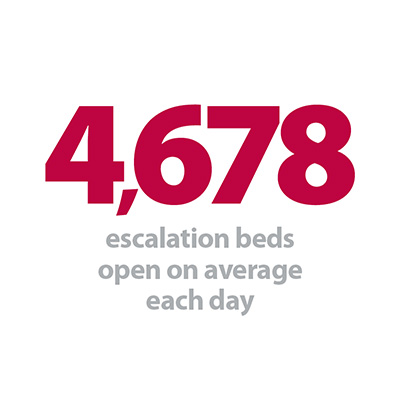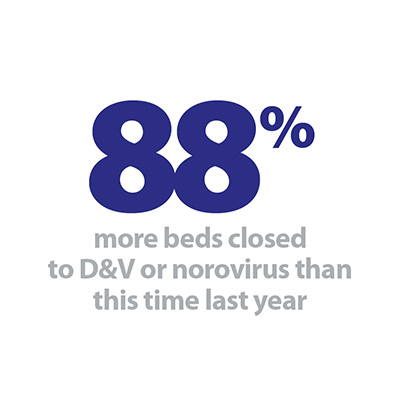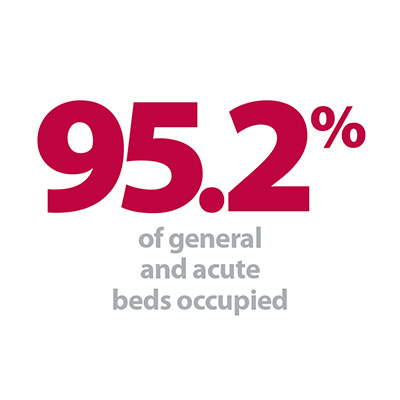


This morning as the weekly winter sitreps are published, NHS staff across England are going to all lengths to make sure they get to work today despite sub zero temperatures, snow and treacherous travel conditions. In fact, many staff across England stayed in hospitals overnight to ensure they would make it into work today, and there are reports that in some parts of the country the RAF are helping transport clinical staff to work- thank you.
But we must remember when we review this week’s figures that they refer to last week and we won’t see the true extent of the impact the severe weather has had on the NHS until next Thursday- the last week of the winter sitreps.
Many staff across England stayed in hospitals overnight to ensure they would make it into work today, and there are reports that in some parts of the country the RAF are helping transport clinical staff to work
What does this week's data tell us?
Overall, this week’s figures show a continuation of last week’s trend that a lot of the performance indicators are continuing to worsen:
- Bed occupancy has increased to 95.2% - the highest it has been all winter
- 4,678 escalation beds open on average each day – more than last week and a 22% increase on the same week last year
- The number of beds closed to diarrhoea and vomiting (D&V) or norovirus is up 13% since last week and up a staggering 88% on the same week last year
- There were 93,456 ambulance arrivals this week- an increase on last week
- Despite a very small reduction in the number of long stays over 7 and 21 days these still remain very high with over 45,000 beds being filled for over 7 days
- 1 in 8 ambulance handover delays are 30 minutes or more
- The number of ambulance handover delays waiting 60 minutes or more is holding at over 3% - accounting for nearly 2,900 ambulance arrivals this week.
All these indicators show that the demand for services remains extremely high. We also expect the colder weather to continue increasing pressure overall as these cold conditions put vulnerable people - including the old, very young and those with chronic diseases - at further risk.
With bed occupancy already the highest it has been all winter and the number of escalation beds remaining high, the NHS will most likely need to find ways to increase capacity to deal with this cold weather.
Meanwhile, NHS staff show their unwavering commitment to their patients safety by keeping services running in the face of both challenging working conditions and extreme weather.
You can find out more about what the data means in our new explainer and download our winter sitrep dashboard to see the figures in more detail.
NHS staff show their unwavering commitment to their patients safety by keeping services running in the face of both challenging working conditions and extreme weather.
NHS Providers response
Responding to the latest winter monitoring figures from NHS England, the deputy chief executive of NHS Providers, Saffron Cordery, said:
"These figures are for last week – before the full force of the recent cold snap, but they show services running absolutely flat out, with no slack in the system to cope with what we are now experiencing.
"Bed occupancy was up to more than 95% – the highest so far this winter and well above recommended safety levels, even though there were over 20% more 'escalation' beds in place to deal with added winter pressures than at the same time last year.
"Bed closures as a result of norovirus symptoms were up nearly 90% up on the corresponding week last February.
"These difficulties are adding to pressures on other services, leading to delays for patients as they are handed over from ambulances to A&E.
"Trusts and front line staff are doing all they can in extremely tough circumstances to ensure safe, timely, high quality care for patients.
"They deserve enormous thanks for their efforts."